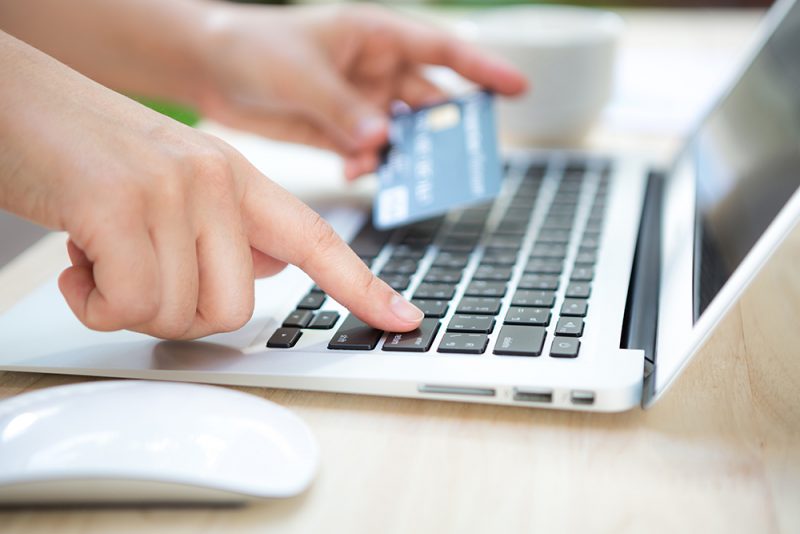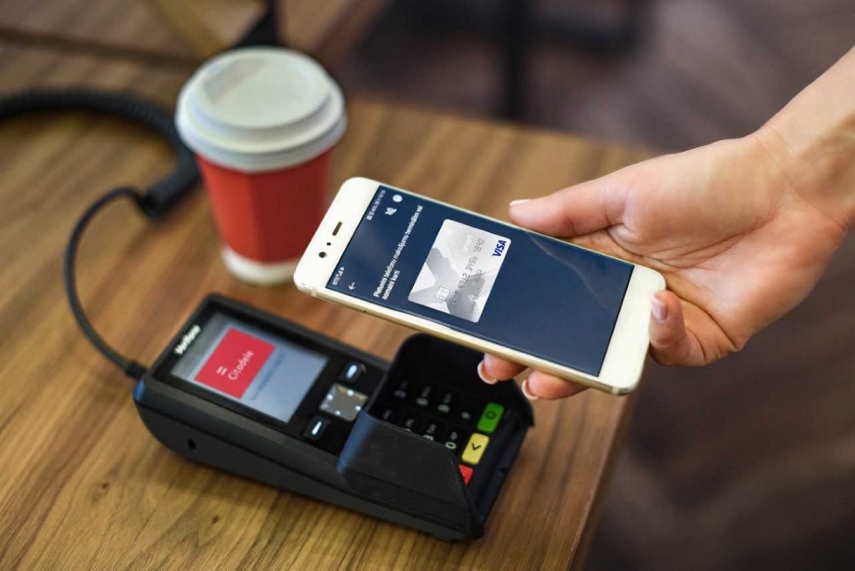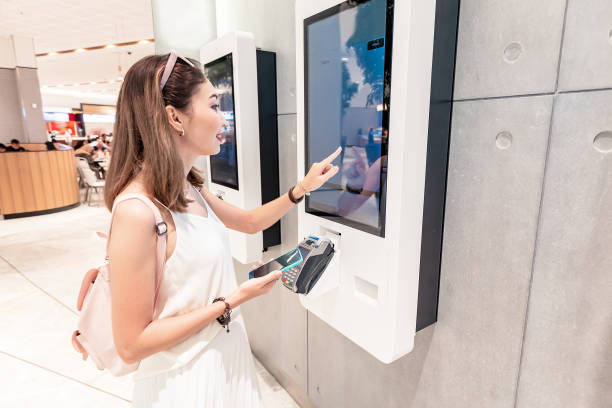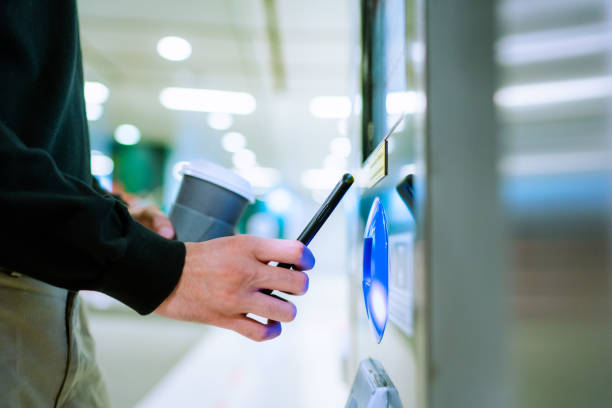Banking Channels of The Future – Digital Banking
In this blog: We take a look at current banking industry trends and analyze what the future of financial service delivery will look like and what channels it will be achieved through.
The consumer & retail banking industry is changing and growing exponentially each day with advancements in infrastructure, technology and practices. In the last few years, smartphones and handheld devices have become a fixture in our daily lives and even most grandparents operate these devices on the daily.
This was an indication of how comfortable the general public had gotten with technology. It was only a matter of time until otherwise analog services like the provision of financial services went digital too.

That’s when we began seeing traditional banks experiment with technology to facilitate the provision of banking services that would otherwise be handled by a teller behind a counter in a bank branch that only operates between 9 to 5.
Lets take a look at the various new digital channels banks have rolled out over the years and what will probably become commonplace in the future of financial service delivery.
Mục lục bài viết
Banking Channels Available in 2023 (Digital Channels)
The banking industry has seen a significant shift towards digital channels, with customers increasingly preferring to conduct their transactions online. With the rise of digital banking channels, banks are investing heavily in digital infrastructure and cybersecurity to ensure a seamless and secure experience for their customers.
- Mobile Banking
- Online Banking
- Maximize Accessibility
- Banking as a Service
- Self Service Banking
1. Mobile Banking
Mobile banking has existed for a while before smartphones even. Albeit in a limited capacity, mobile banking has existed for decades and used to be accessible via a helpline and customers would be able avail services like card activation, renewal, balance inquiry, statement requests and so on.
However, in the last 5 years or so with the increased access to smartphones and data connectivity, banks have began rolling out their own mobile apps on the two most common smartphone platforms i.e. Android and iOS.
These apps have unlocked a whole plethora of functionality with the ability to access way more than was ever possible over a helpline. Services like making interbank fund transfers nationally and internationally, updating your personal details, requesting credit cards and bill payments brought the bank branch to the palm of one’s hands.
As more people get comfortable banking over the internet through an app, mobile banking is slowly becoming a primary channel for banks to reach their customers and vice versa. Its safe to say that this form of banking isn’t going anywhere anytime soon. In fact, its just the start for mobile banking.
2. Online Banking – Digital Channel
One may argue that online banking is the same as mobile banking and they would be correct in a modern context. However, online banking and mobile banking were very different not too long ago. Everything that we have in our bank apps today was probably launched or piloted over an HTML website developed by the bank only accessible over the web via a PC.
Even then online banking required several layers of authentication before any money could be moved in or out of an account. The UI was also fussy and unintuitive making it difficult to navigate for older users.
3. Maximize Accessibility
Today however, these sites are very well optimized for web and mobile browsers and offer very similar functionality to that of modern mobile applications. Then why wouldn’t someone just use the application? Well, quite simply, not everyone has the same access to smartphones and mobile internet.

Many banking customers in developing regions and remote areas still use web browsing on PCs as they don’t have access to smartphones or reliable data connections. Some still visit internet cafes for their web browsing needs. This is an indication that online banking is still going to be around in the future servicing customers in remote & developing regions.
4. Banking as a Service
Banking as a Service or BaaS essentially enables third party providers or TPPs to offer white label banking services or new financial products based on traditional ones offered by an existing bank or financial institution. This TPP may be a fintech startup or a digital bank.
BaaS is still a very young industry, but it is booming in developing regions because of how convenient it is to obtain financial services from a BaaS provider. Some banks leverage this and create their own BaaS platforms which is essentially a more simplified extension of their otherwise traditional financial products.

BaaS platforms are usually way easier to register for and don’t require the extensive documentation required for opening a normal checking account at a bank. By monetizing this platform, banks can open up new streams of revenue while expanding their customer base.
New BaaS platforms are popping up everyday aiming to simplify banking for new customers. TPPs are securing millions of dollars in investment for these projects and there’s a huge scope for these platforms in regions that are under banked.
5. Self-Service Banking
Self service in the banking industry is relatively new and this channel of service delivery was primarily undertaken to:
- increase the number of customers that could be serviced at one time,
- enable banking outside office hours,
- reduce queues for teller counters,
- enrich a teller’s job, i.e. mitigate monotonous, repetitive tasks, and
- decrease costs and drive growth in revenue.
While self service kiosks did achieve this and the introduction of this technology was well received by the customers, adoption was still very slow up until 2019.

We all know what happened in the first quarter of 2020. A global health crisis took the world by storm and no one was prepared for what came next. Businesses shut down, lockdowns were imposed and many lives were lost. Iraqi Middle East Investment Bank has deployed a self-service solution with the help of Wavetec.
Pandemic Accelerated The Digital Banking Channels
Through this, banks and financial institutions saw the need and importance of a digi-physical channel that could operate 24/7 without human employees and be accessed by customers in open air public locations. This is when self service in banking and many other industries really took off.
Cash deposit machines, cash recyclers and even card dispensing kiosks started popping up in easily accessible locations allowing banking customers to access their finances and avail all the basic services they would otherwise have to step inside a bank branch for such as cash/check deposits, account opening, card collection, bill payments, mobile wallet top ups, and so on.
Changing Consumer Sentiment Is Calling For Digital Banking Channels
Now with the pandemic easing down *fingers crossed* we’re seeing that customers continue to use self service machines and banks and financial companies are still investing in this technology. Consumers have gotten so used to self service that they prefer this channel now and for many businesses it has become a primary channel of service delivery.
With how beneficial self service is for banks and their customers, we can expect to see further expansion of this industry and more deployments of self service kiosks all over the globe. Along with a physical outlet and a mobile app, self service offers a true omnichannel experience to consumers and helps cut operational costs significantly while enhancing the overall customer experience.
BOOK A FREE DEMO













